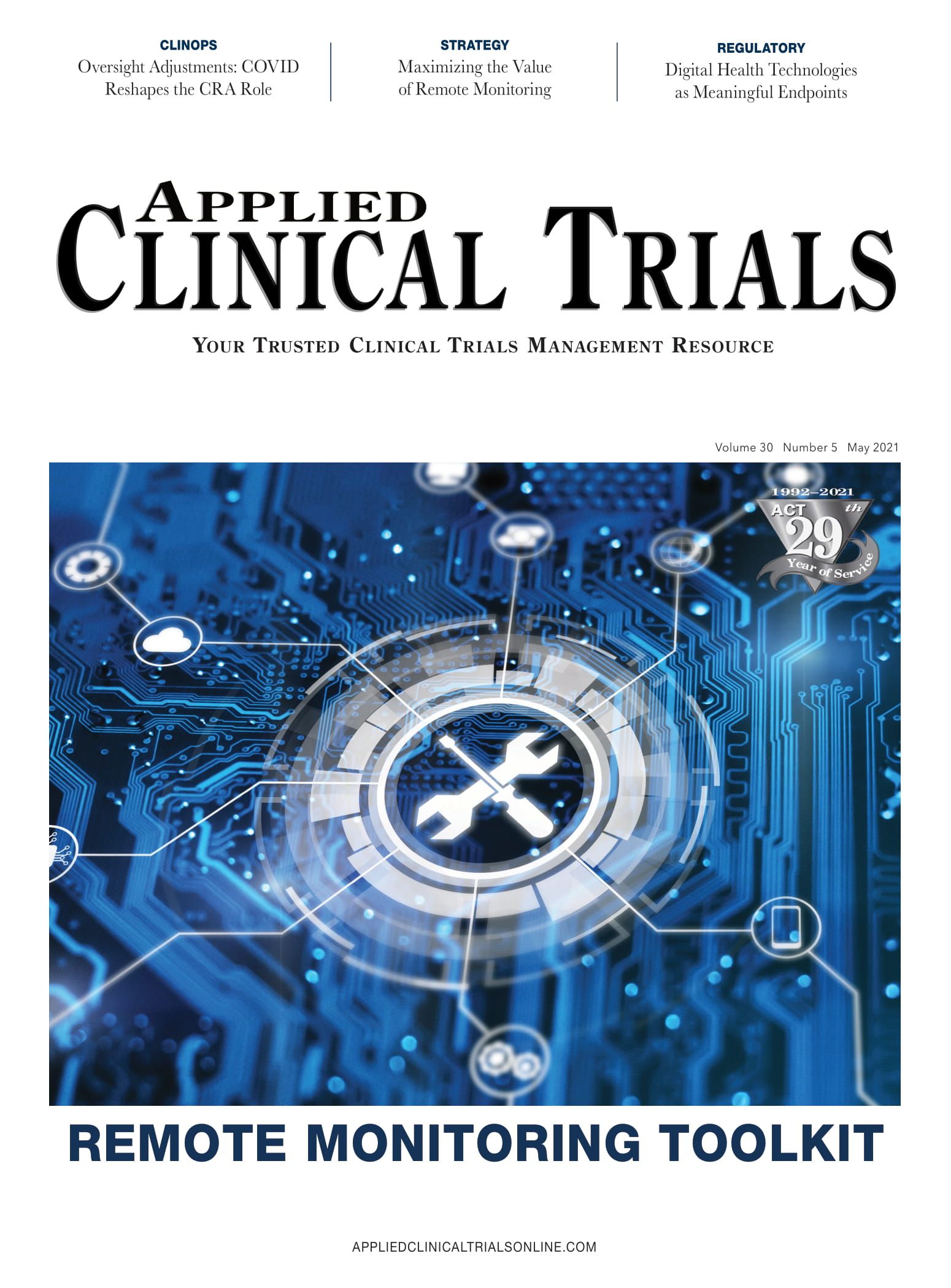Biden Seeks Added Funding for Medical Research, Disease Tracking
White House’s summary of “topline” funding requests this month continues efforts to combat coronavirus pandemic and to restore the nation’s economic health.

In a preview of the administration’s spending priorities for the coming fiscal year, the White House sent Congress a summary of “topline” funding requests this month, which continue efforts to combat the coronavirus pandemic and to restore the nation’s economic health. The main initiatives of the administration’s $1.5 trillion budget plan would increase outlays for education, climate change and housing, as well as public heath.1
To better prepare for the next pandemic, the White House seeks a significant increase in discretionary funding for the Centers for Disease Control and Prevention (CDC), proposing a $1.6 billion increase to an $8.7 billion budget able to modernize data collection and boost support for local health departments. The National Strategic Stockpile would gain almost $1 billion to replenish critical supplies and continue restructuring efforts launched during the pandemic. There’s a mention here of the need to provide “investments to enhance FDA’s organizational capacity,” but more detail will be spelled out in the administration’s formal budget plan for 2022, which is expected next month. FDA may be further affected by initiatives designed to end the opioid crisis and the HIV/AIDS epidemic and the need to vet new treatments in these fields.
In hopes of gaining additional funding, FDA is clarifying how it would use further resources to “enhance” agency operations. In recent comments to the Alliance for a Stronger FDA, acting commissioner Janet Woodcock highlighted the need for funds to support further modernization of FDA data and information systems and to step up inspections and surveillance across drugs, biologics, vaccines and medical devices. These priority initiatives already will benefit from an added $500 million provided to FDA in recently enacted pandemic legislation, but “adequate funding” is needed to keep up with data modernization efforts, Woodcock noted. The pandemic made very clear, she said, that FDA and industry lack insight into the supply chain and need to invest more in this area. For modernizing data systems, FDA is working to establish an enterprise-wide platform with common data standards that will enable systems to talk to each other.
Accelerating research
FDA furthermore could be involved in vetting research that arises from the administration’s most prominent initiative, the launch of the Advanced Research Projects Agency for Health (ARPA-H). The Biden plan provides $6.5 billion to establish this new entity within the National Institutes of Health (NIH) as a way to drive “transformational innovation” in health research and speed access to breakthrough treatments. ARPA-H initially would focus on cancer, diabetes and Alzheimer’s disease and is modeled after the military’s Defense Advanced Research Projects Agency (DARPA), with project funding decisions made by program managers, as opposed to the peer-review process of NIH research institutes. The aim is to be more flexible, with staff able to expand or cancel projects based on results.
While the biomedical research community generally applauded the ARPA-H plan, there is concern that the new initiative would reduce resources available to fund ongoing NIH programs and its main biomedical research mission. The new program would take up most of the $9 billion increase for NIH, which would see its budget rise to $51 billion. It’s not clear how this innovative research agency will be situated within NIH, who will oversee its operations, and how it will interact with biopharmaceutical companies and other agencies such as FDA. President Biden has been a strong advocate for cancer research and has discussed this kind of initiative previously with Congressional leaders. Some research advocates had hoped for a more independent entity that would stand alone within the Department of Health and Human Services (HHS) and will be looking to influence its mission and organization in the coming months of funding debate.
Separately, the White House announced the formation of a new national network to identify and track coronavirus mutations that raise fears of triggering another pandemic. President Biden unveiled a $1.7 billion plan to expand COVID genomic sequencing by CDC and state health departments and to create six “centers of excellence” at leading academic centers to share and analyze data on emerging disease threats.2 In addition to funding genomic sequencing capacity on the state and federal level, the new program would build a National Bioinformatics Infrastructure throughout the public health system. The White House aims to generate support for this and other public health programs by providing millions in funding to states to expand such efforts locally.
The administration’s full budget plan for fiscal year 2022 is slated to be released in May, later in the year than usual, but often the case with a change in administration. That will launch wide-ranging debate on ARPA-H, pandemic preparedness, and multiple new proposals.
References
- https://www.whitehouse.gov/wp-content/uploads/2021/04/FY2022-Discretionary-Request.pdf
- https://www.whitehouse.gov/briefing-room/statements-releases/2021/04/16/fact-sheet-biden-administration-announces-1-7-billion-investment-to-fight-covid-19-variants/
Jill Wechsler is Applied Clinical Trials' Washington Correspondent
